 Augusto GomesThe majestic Espinhaço Mountain Range, here seen from Serra do Cipó National Park, Minas Gerais, Brazil.
Augusto GomesThe majestic Espinhaço Mountain Range, here seen from Serra do Cipó National Park, Minas Gerais, Brazil.I’ve been visiting this place since I was a young boy, captivated by my family’s adventurous spirit and by the secrets behind each rock or bend in the road. Going up those mountains was an adventure in itself, since the dirt roads turned into muddy, squelchy trails when it rained. When we finally arrived in the highlands of Espinhaço, the biggest mountain range in Brazil, I felt as if I was on another planet – another reality, resembling an old past. Maybe Tolkien’s Middle Earth or Narnia’s battlefield. Thousands of sharp rocks jutted from the ground, all pointing the same direction. Tiny, colorful flowers grew between the stones, and small frogs, lizards, and insects watched us from their shelters. To my surprise, life just exploded from the seemingly dead soil.
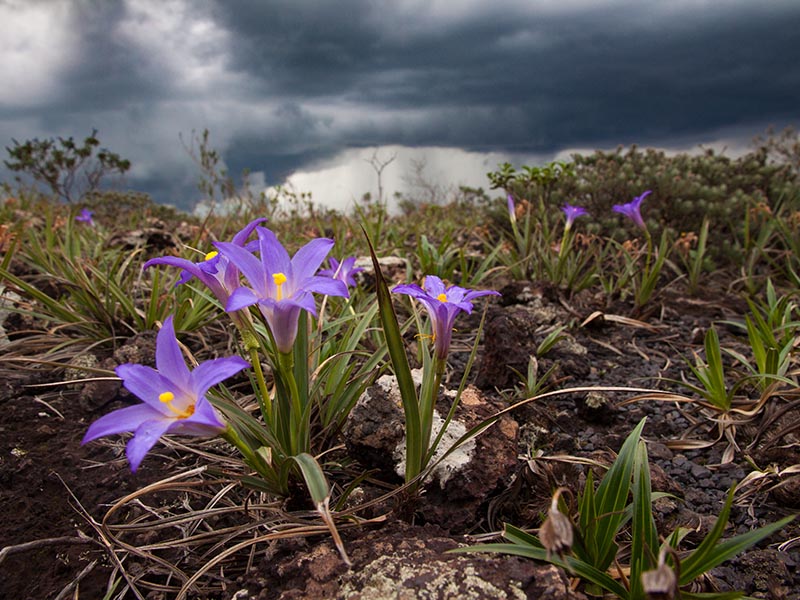 Augusto GomesThe summer storms bring life and color to the campos rupestres – thousands of Vellozia flowers.
Augusto GomesThe summer storms bring life and color to the campos rupestres – thousands of Vellozia flowers.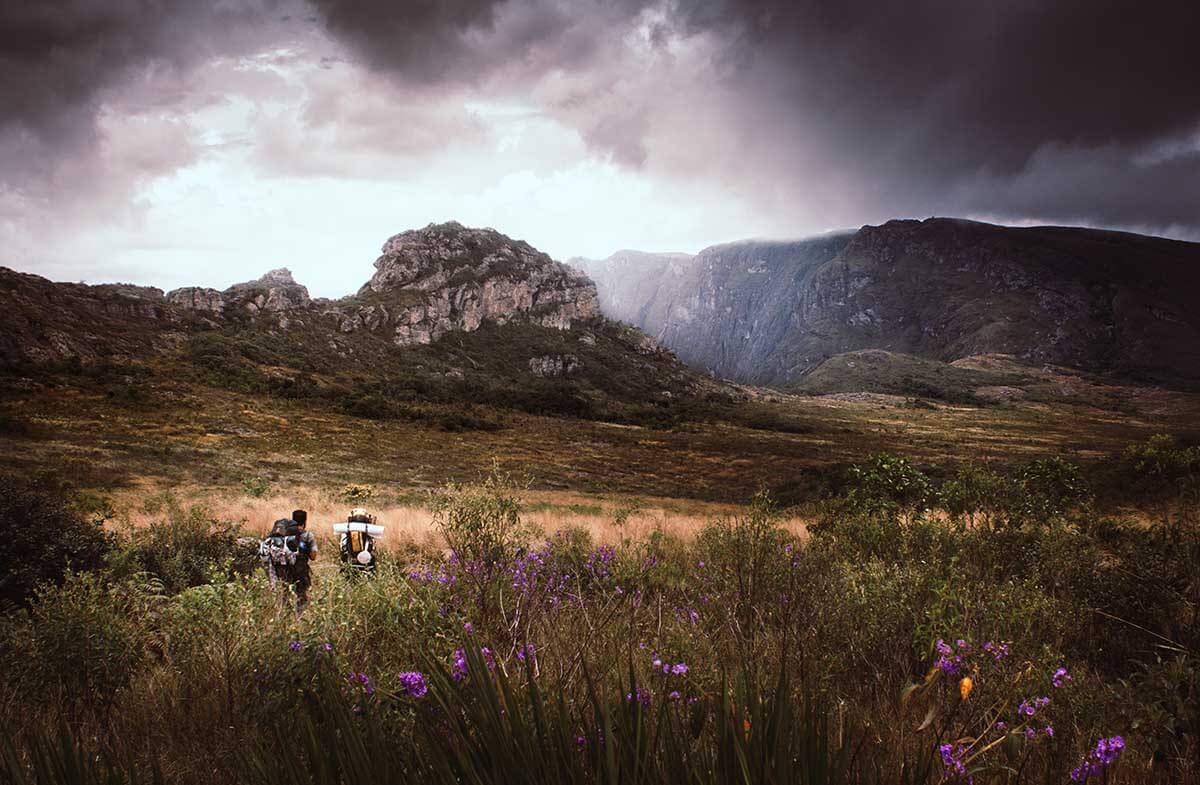 Augusto GomesResearchers look for endemic and threatened frogs in Pico do Itambé State Park.
Augusto GomesResearchers look for endemic and threatened frogs in Pico do Itambé State Park.Every living creature in the campo rupestre experiences dramatic temperature variations, severe droughts, strong winds, hard sun, and extremely poor soil with high, heavy metal toxicity. You may be thinking very few living creatures are able to inhabit these places, but over the course of 1.8 billion years, a large diversity of life forms evolved on the rocks, making several types of physiological, biochemical, and morphological adjustments to survive the environmental stresses. This is what makes this flora and fauna so unique.
The campo rupestre is now emerging as the new Brazilian biome due to its singular biodiversity: 40% of the plants living here cannot be found anywhere else in the world, and even representing less than 1% of the Brazilian territory, the campo rupestre holds more than 15% of the entire flora of the country.
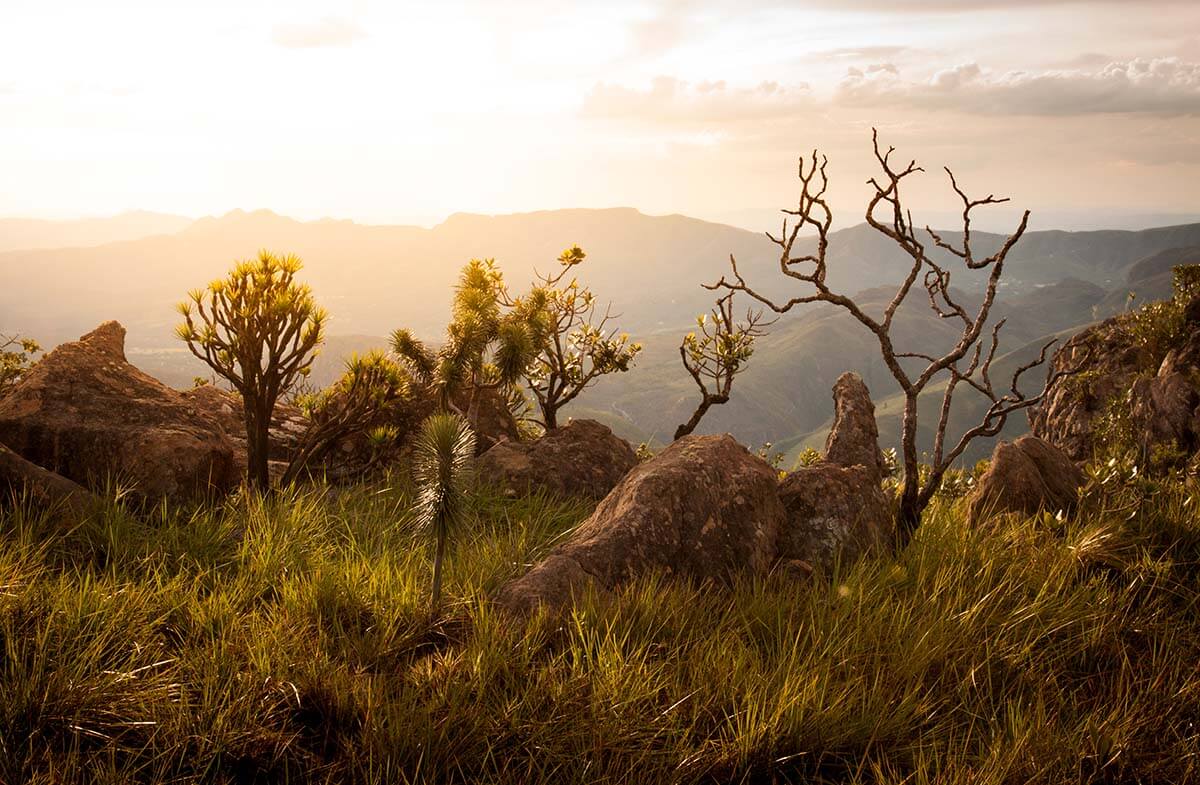 Augusto GomesLate afternoon at Serra da Calçada Natural Monument.
Augusto GomesLate afternoon at Serra da Calçada Natural Monument.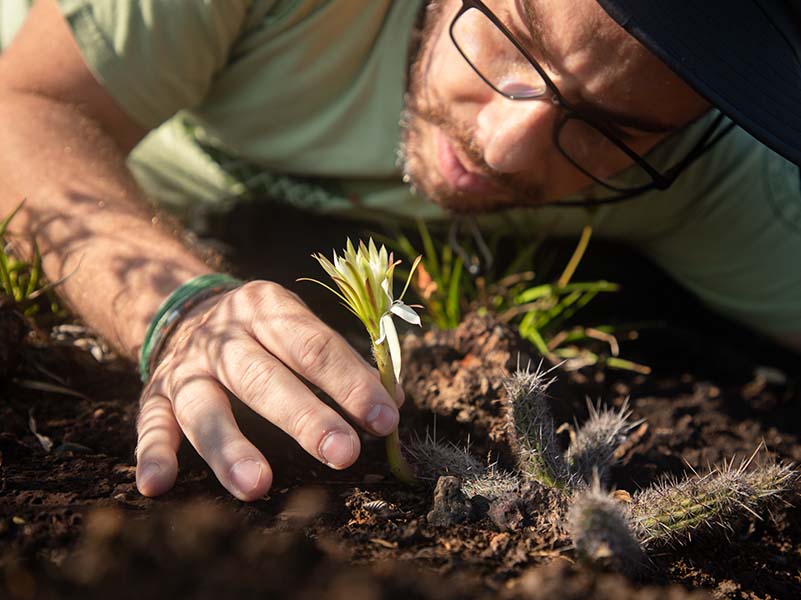 Augusto GomesFernando Silveira, professor and researcher at the Federal University of Minas Gerais, examines an Arthrocereus glaziovii, an extremely endangered cactus.
Augusto GomesFernando Silveira, professor and researcher at the Federal University of Minas Gerais, examines an Arthrocereus glaziovii, an extremely endangered cactus.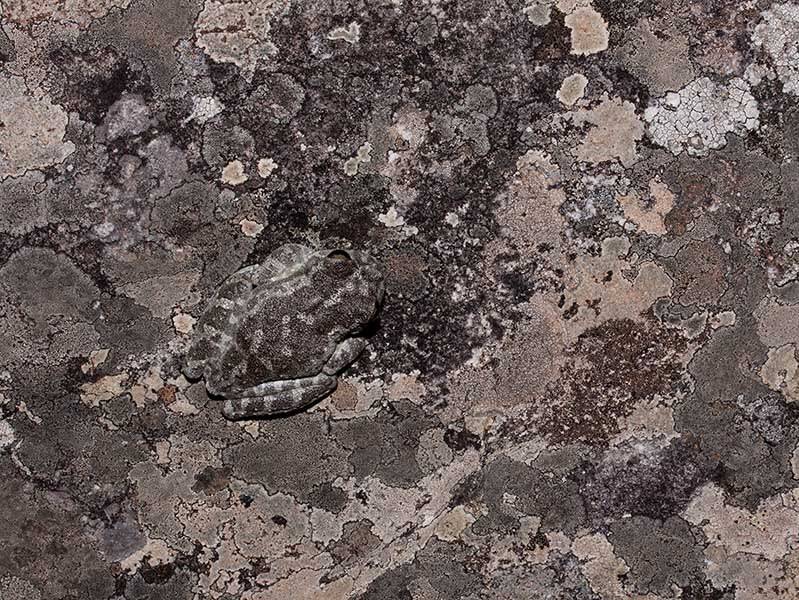 Augusto GomesLiving on the rocks means to resist them, but also to be part of them. Here we see the incredible camouflage of the endemic Bokermannohyla alvarengai frog.
Augusto GomesLiving on the rocks means to resist them, but also to be part of them. Here we see the incredible camouflage of the endemic Bokermannohyla alvarengai frog.What I didn’t expect to see here was people, human beings like you and me, living on the rocks! Just as animals and plants were forced to adapt their way of life to this crude environment, so did people. Recordings of ancient human groups in the region date back 12,000 y.b.p. and thousands of archaeological sites have already been found in the Espinhaço mountain range, from rock paintings to manufactured objects, weapons, and funeral urns.
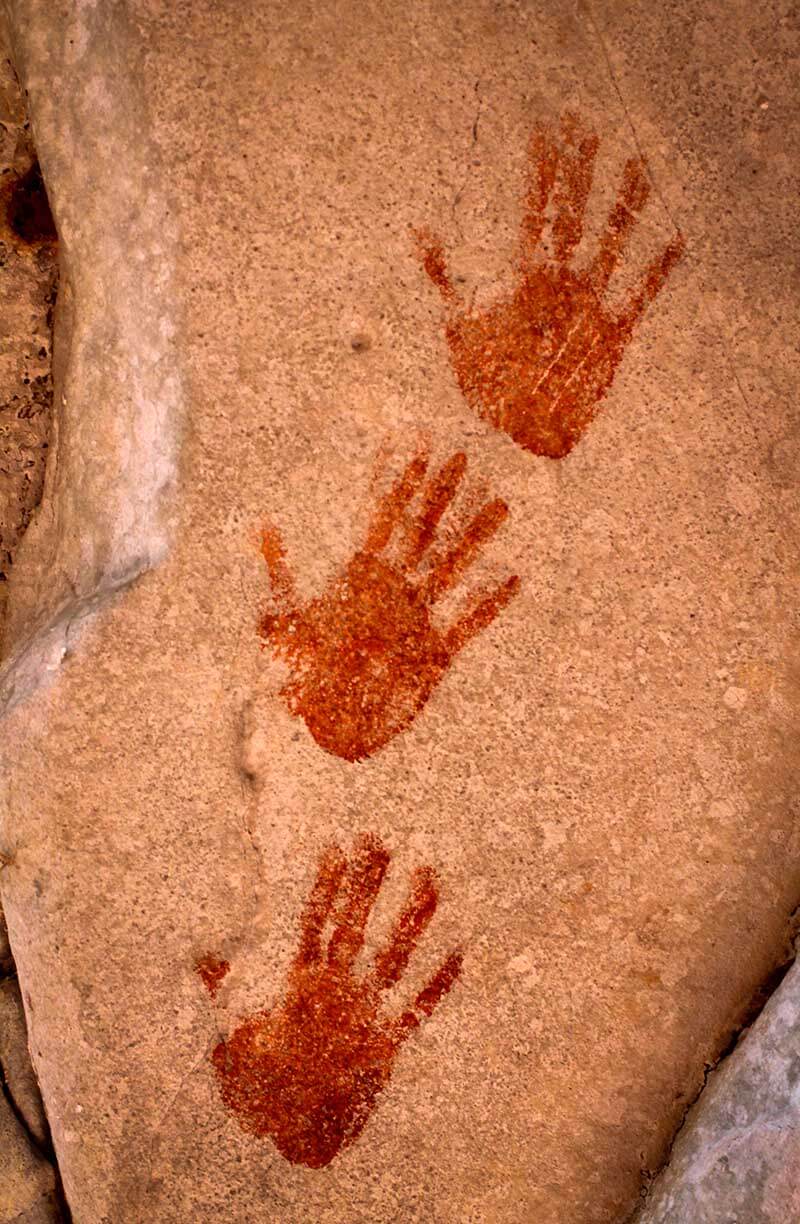 Augusto GomesThe oldest records of nomadic humans in Espinhaço Mountain Range date back 12,000 y.b.p.
Augusto GomesThe oldest records of nomadic humans in Espinhaço Mountain Range date back 12,000 y.b.p.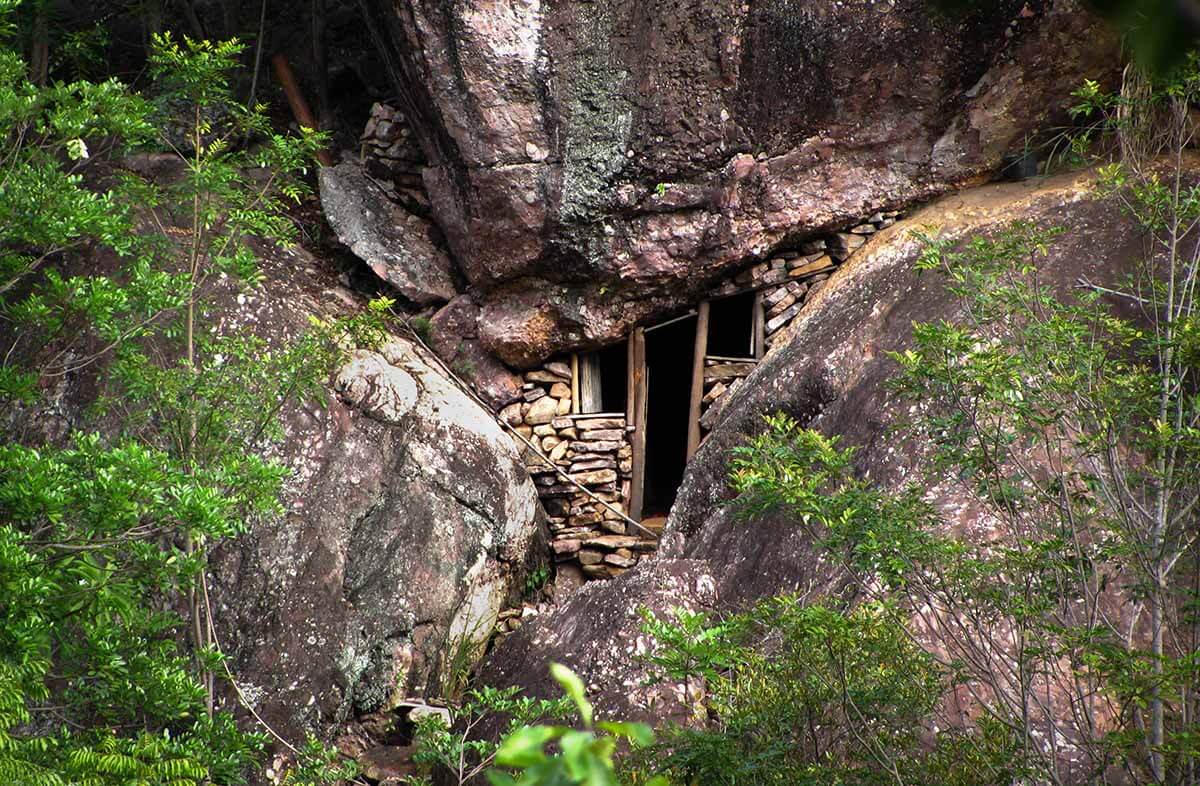 Augusto GomesThis hut was build by diamond miners between the rocks in Chapada Diamantina National Park, Bahia State, sometime in the 18th or 19th centuries.
Augusto GomesThis hut was build by diamond miners between the rocks in Chapada Diamantina National Park, Bahia State, sometime in the 18th or 19th centuries.The rocky environment continues to be used by peasants who preserve their traditional way of life, based on family farming, hunting, fishing, and plant collecting.
Brazil’s history cannot be understood if we don’t look carefully to the campos rupestres, since the colonization process, the massive westward march in the quest for precious mineral and metals, and the 400 years of slavery were all motivated by those rocky grasslands.
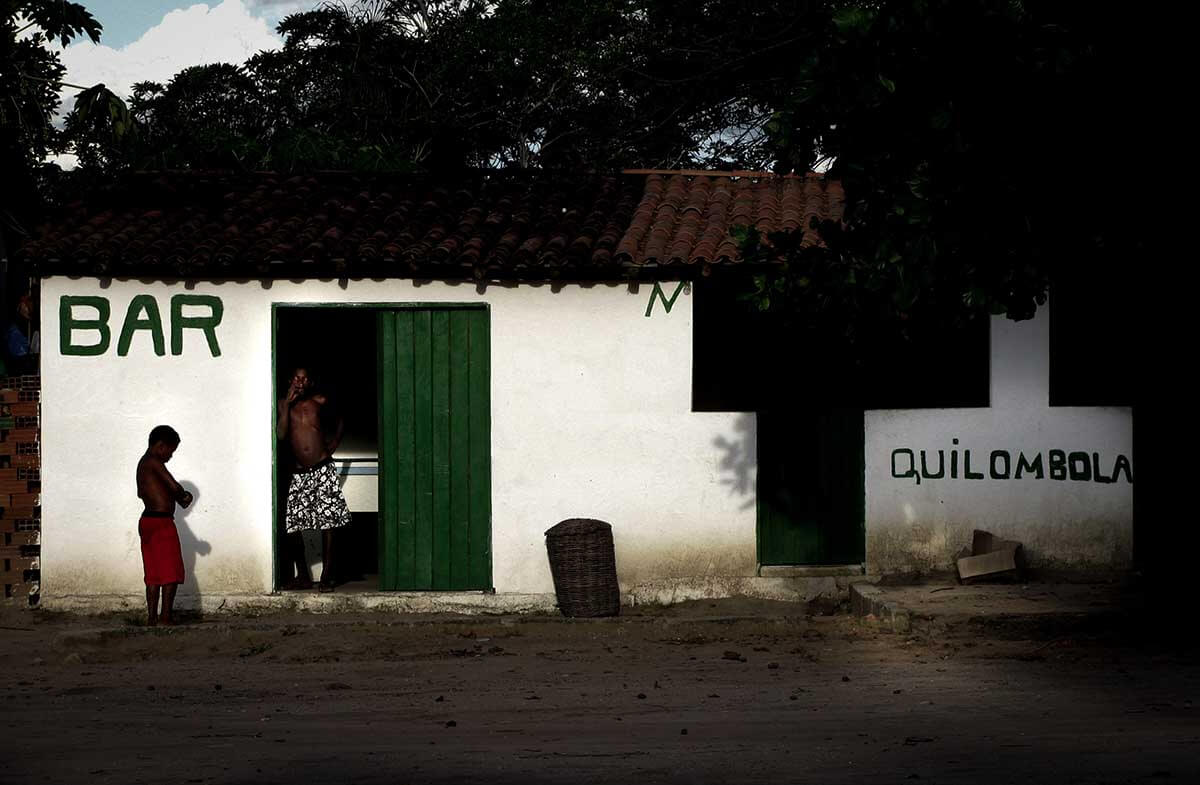 Augusto GomesQuilombola communities, hinterland settlements founded by people of African origin – former slaves – still survive in the depths of Espinhaço mountains,
Augusto GomesQuilombola communities, hinterland settlements founded by people of African origin – former slaves – still survive in the depths of Espinhaço mountains,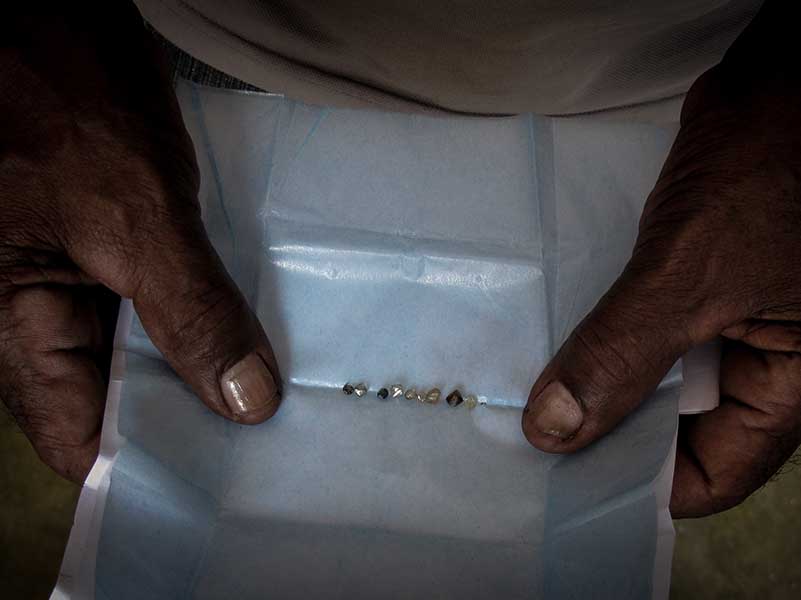 Augusto GomesA miner shows his diamonds – extracted from streams in Chapada Diamantina, Bahia State, the same way his ancestors did more than two centuries ago.
Augusto GomesA miner shows his diamonds – extracted from streams in Chapada Diamantina, Bahia State, the same way his ancestors did more than two centuries ago.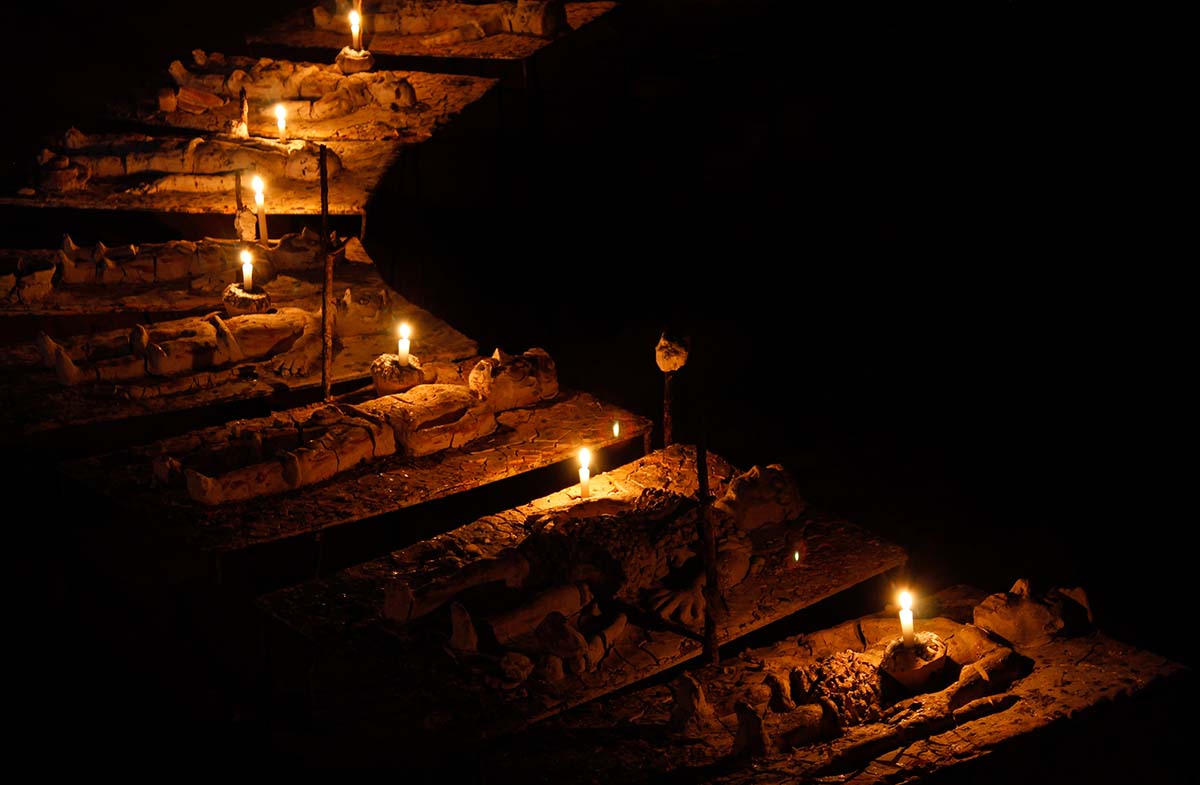 Augusto GomesClay sculptures made by a former miner and slave’s son to honor his workmates killed on the job.
Augusto GomesClay sculptures made by a former miner and slave’s son to honor his workmates killed on the job.Unfortunately, this whole biological, historical and cultural heritage is now under severe threat by big mining projects, urban expansion, afforestation, illegal burnings, unplanned tourism, and biological invasions. Time will tell the future of the rupestrian lives. My hope relies on those people who have long lived there and have been fighting for centuries for their survival, their culture, their rights, their visibility, and their land. They know, more than anyone, how life can surprisingly arise from the rocks.
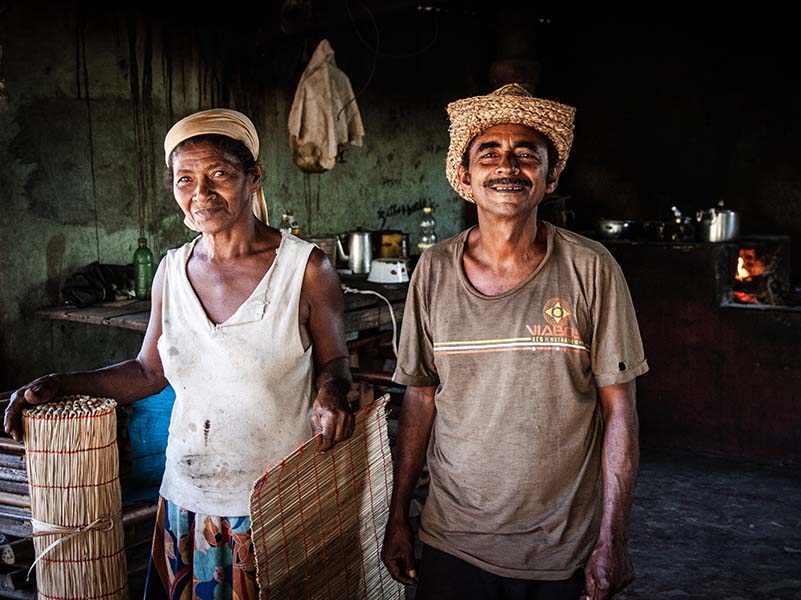 Augusto GomesMy major hope for the campo rupestre: people who have long lived here, fighting daily for their survival.
Augusto GomesMy major hope for the campo rupestre: people who have long lived here, fighting daily for their survival.For Booking and Details:-
Travel Tips:-
Tours & activities:-
Accommodations:-
Check out Strikingly, the easiest website builder:-
Get your Joomla and WordPress hosting :-



0 Comments